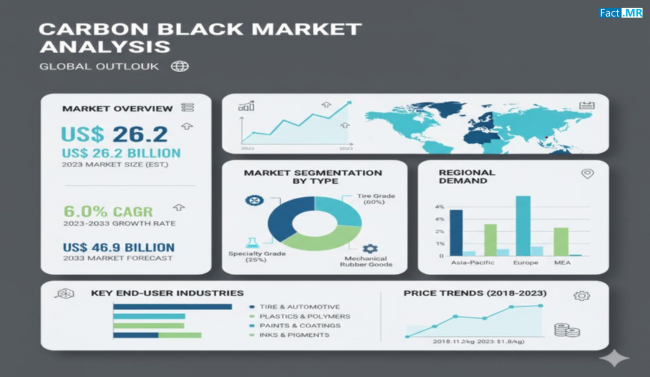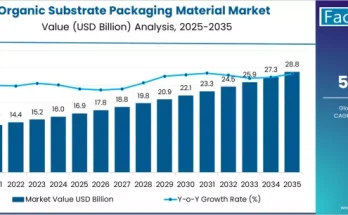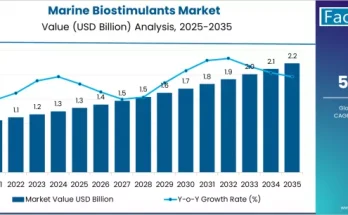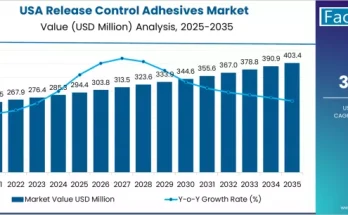Carbon black has emerged as a critical material in various industrial applications, ranging from tire manufacturing to coatings and plastics. Its unique properties, including high surface area, conductivity, and durability, make it indispensable across multiple sectors. The carbon black market is witnessing significant growth as industries seek materials that enhance product performance and reliability while supporting sustainable practices.
Market Overview:
The carbon black market encompasses the production, distribution, and application of fine carbon powders primarily derived from petroleum or coal-based feedstocks. It is utilized to enhance strength, durability, color depth, and UV protection in end products. Industries such as automotive, construction, electronics, and coatings rely heavily on carbon black for both functional and aesthetic improvements. Advancements in production technologies and the development of specialty grades have further expanded the material’s versatility.
Regional Insights:
North America and Europe lead the adoption of carbon black due to mature automotive, construction, and industrial sectors that prioritize high-quality materials. Emerging markets in Asia-Pacific are rapidly increasing their carbon black consumption, driven by the expansion of tire manufacturing, automotive parts production, and infrastructure projects. China and India stand out as prominent players, benefiting from low-cost feedstock, growing automotive industries, and increasing industrial investment.
Key Trends & Forecast:
- Standard and Specialty Grades:Standard-grade carbon black continues to dominate due to its cost-effectiveness and broad applicability. Specialty grades are gaining attention for high-performance applications such as conductive plastics, advanced coatings, and high-durability rubber components.
- Technological Advancements:Innovative production methods, particularly the furnace black process, are improving efficiency and enabling the creation of carbon black with tailored properties, such as smaller particle sizes and enhanced surface characteristics.
- Sustainability Focus:Environmental considerations are driving research into alternative feedstocks and cleaner production methods. Companies are exploring renewable and low-emission processes to reduce the carbon footprint associated with traditional manufacturing.
Applications & End-Use Outlook:
The tire and rubber industry remains the largest consumer of carbon black, where it enhances durability, strength, and wear resistance. The coatings and inks sector utilizes carbon black to achieve superior pigmentation, UV protection, and conductivity. In plastics, carbon black improves mechanical properties and provides anti-static and protective benefits. Additionally, emerging applications in electronics, energy storage, and 3D printing are opening new avenues for market growth.
Market Dynamics:
- Growth Drivers:Increasing automotive production and tire demand, expanding construction and packaging industries, and the development of high-performance coatings are key drivers. Carbon black’s role in enhancing material performance across these industries underscores its importance.
- Challenges:Fluctuating crude oil prices impact production costs, creating market volatility. Manufacturers are balancing cost considerations with performance demands to maintain competitiveness. Regulatory pressures and environmental sustainability standards also influence production and adoption strategies.
- Opportunities:The shift towards specialty applications and the integration of carbon black in advanced technologies, such as conductive materials and battery components, present new growth opportunities. Collaboration between industry and research institutions is fostering innovation in production and application.
Country-Specific Insights:
China remains a dominant market due to its expansive tire manufacturing sector and access to low-cost feedstock, making it a hub for global production. India is emerging as a lucrative market driven by industrial growth, infrastructure development, and government initiatives supporting manufacturing expansion. Other regions, including Europe and North America, continue to focus on high-value applications and technological advancements, positioning themselves as leaders in quality and innovation.
Conclusion:
The carbon black market is poised for sustained growth as industries increasingly rely on high-performance materials to meet evolving consumer and regulatory demands. From enhancing tire durability to enabling advanced coatings and plastics, carbon black remains a versatile and essential material. For businesses and investors, understanding market dynamics, regional trends, and emerging applications is key to capitalizing on opportunities in this dynamic sector. Strategic investment in technology, sustainable practices, and specialty product development will define the next phase of growth in the carbon black market.
Browse Full Report – https://www.factmr.com/report/carbon-black-market



